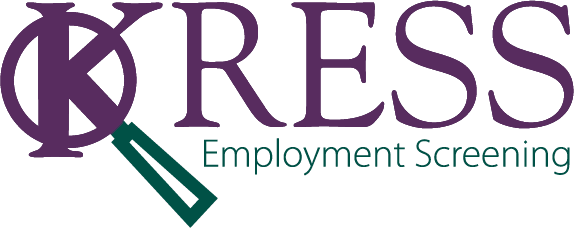As states begin allowing businesses to reopen, employers are having to map out the best tactics to reopen their office in a safe and timely manner. Here’s some tips to guide employers and HR professionals.
- Phasing: Crafting a schedule to have 25-50 percent of your employees in the office is a great place to start. For example, a rotation schedule, such as Group 1 works in the office Monday, Wednesday, and Friday, while Group 2 works in the office on Tuesday and Thursday. And of course, the groups simply work from home on the counter of those days. This will minimize exposure levels and allow your team to get acclimated to the new office routines of temperature checks, heightened hygiene protocols, and how everyone engages with one another.
- Communication: It is essential to be transparent with employees and creating a plan to communicate the return-to-work process is key. A multifaceted approach can prove to be successful, which includes emails, virtual meetings, phone calls, and even text message alerts. Allow the opportunity for questions to be asked and work diligently with supervisors to better coordinate the communication process. Company town halls are a great way to engage the entire team and set precedence for transparency.
- Training: When crafting a return-to-work process, it’s essential to ensure all supervisors and company leadership are well-versed and trained in the process. Setting up some key fundamentals is helpful, like the workplace protocols of safety, risk assessment, as well as being aware of the wellbeing of employees and the impact of COVID-19 on them. Something to note is as things evolve with the pandemic and laws, so will your return-to-work processes and even company policies.
- Implementation: As employees are engaged to return-to-work, make sure the process is outlined and understood by all team members. It is important to take into account an employee’s needs, such as being ADA compliant. Remember during this time, being flexible and adaptive is imperative to the company’s success and the employees. As employees slowly return to work, issues may arise, and being able to troubleshoot during this time is key. Organizing an outline of the return-to-work process is beneficial when having to problem solve any issues on the horizon.
The nature of a pandemic is filled with uncertainty and many questions; however, implementing a return-to-work process is essential to business recovery. If your business needs assistance with crafting new workplace policies, the experts at KRESS can help.









